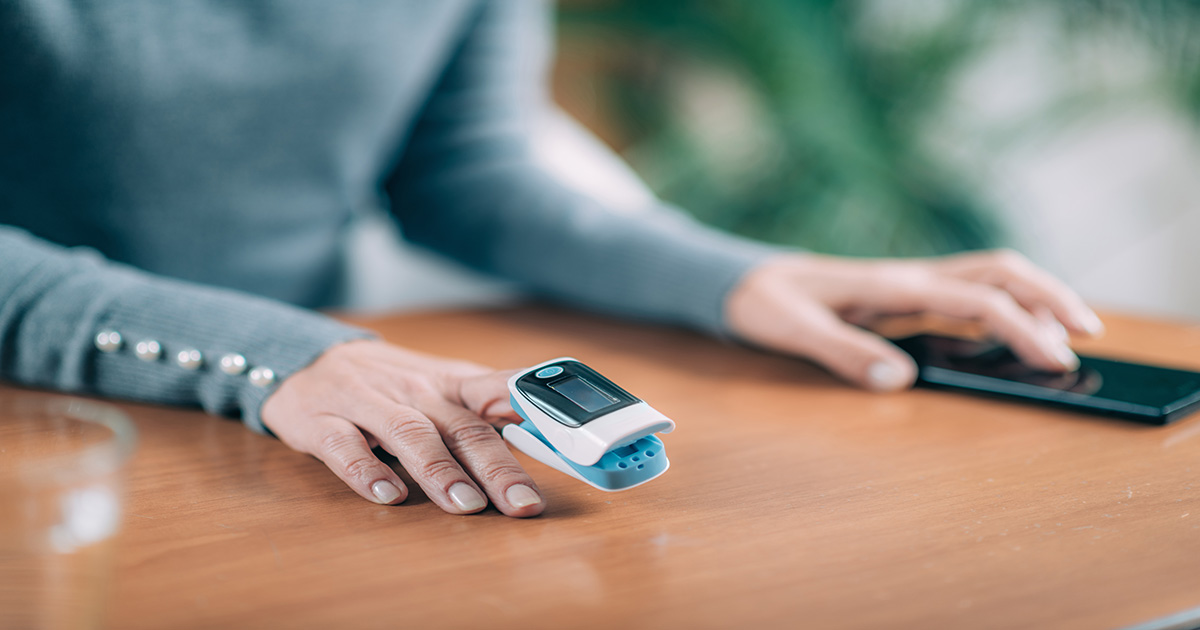Remote patient monitoring (RPM), sometimes called electronic patient management, is a kind of telehealth care monitoring where a medical professional remote place a patient on a specialized medical device and remotely monitors their condition via a video connection.
This is an excellent method to be used for home health care professionals who may not have the ability to physically accompany their patients. A medical device that is used like this could allow you to monitor the vital signs of a patient and take vital signs when you are out of the site or traveling.
Patients will always come first, even with advanced medical technology. Health care systems that are integrated with remote patient monitoring make it possible for primary care physicians and emergency room staff to provide quality care to all patients.
To address the needs of a chronic patient, a hospital or long-term care facility might need a monitoring system. Some facilities have an on-site primary care physician who sees every patient throughout the day. While these physicians are extremely busy, they may not have the time to watch over every patient’s health condition all day long.
Long-term care facilities are also adopting remote patient monitoring. In this case, a primary care physician who is present at the facility can use a tablet PC or smartphone to take vital sign readings and send them to a remote location. The facility administrator can then access patient-centered software and view the information that is being reported. The facility’s computer system will automatically email the pertinent information to the primary care physician. In addition, some clinics are using web-based applications that can upload vital sign reports directly to the patients’ tablets or computers.
Medical professionals have long known that monitoring patients electronically has many advantages over physical visits. One of the major advantages is that patients can see their doctors more than they can see their doctors in person. Patients can also schedule more frequent, in-person appointments than can be made via remote patient monitoring. Many people living with chronic diseases are living with a lot more stress and worry than most others.
Another big benefit of remote patient monitoring is the possibility of interventional procedures being performed on patients who may not be a candidate for such procedures in the office. Interventional procedures such as coronary artery bypass surgery or minimally invasive cardiopulmonary surgery (MICR) can be performed on patients who show symptoms of heart failure and have not been treated previously.
Doctors may believe that the patient is suffering from heart failure due to symptoms such as fatigue, pain, shortness of breath, dizziness, nausea, and increased blood pressure. Remote monitoring allows physicians to look at these patients’ hearts and test their blood pressures before performing these invasive procedures.
Perhaps the biggest benefits of remote patient monitoring stem from the ability to provide more accurate medical care. Patients can share personal information about themselves with their doctors, increasing the doctors’ ability to provide quality health care.
Medical professionals can use the patient’s response to physical exams and laboratory tests to better understand the underlying cause of any adverse reactions, and use this information to treat their patient more effectively. They can also look at the patient’s electrocardiogram (ECG) to determine the stability of their heart rhythm. This greatly improves the chances of successful cardiac rehabilitation and can reduce the chances of emergency hospitalization.


